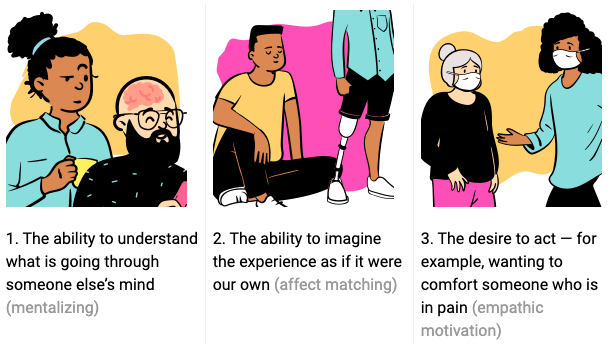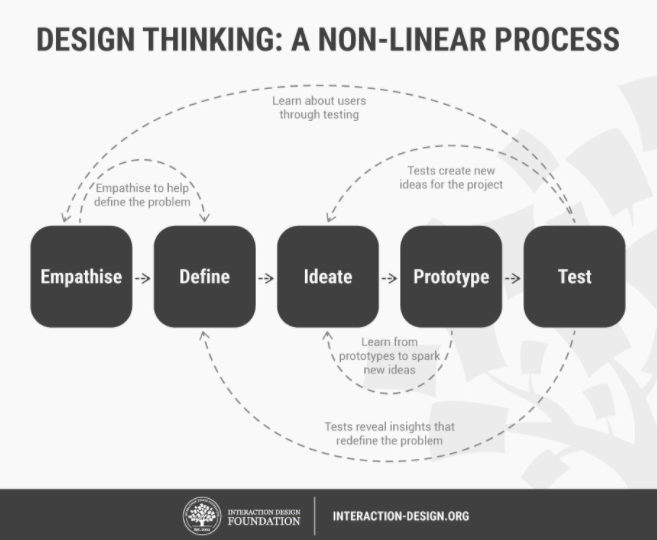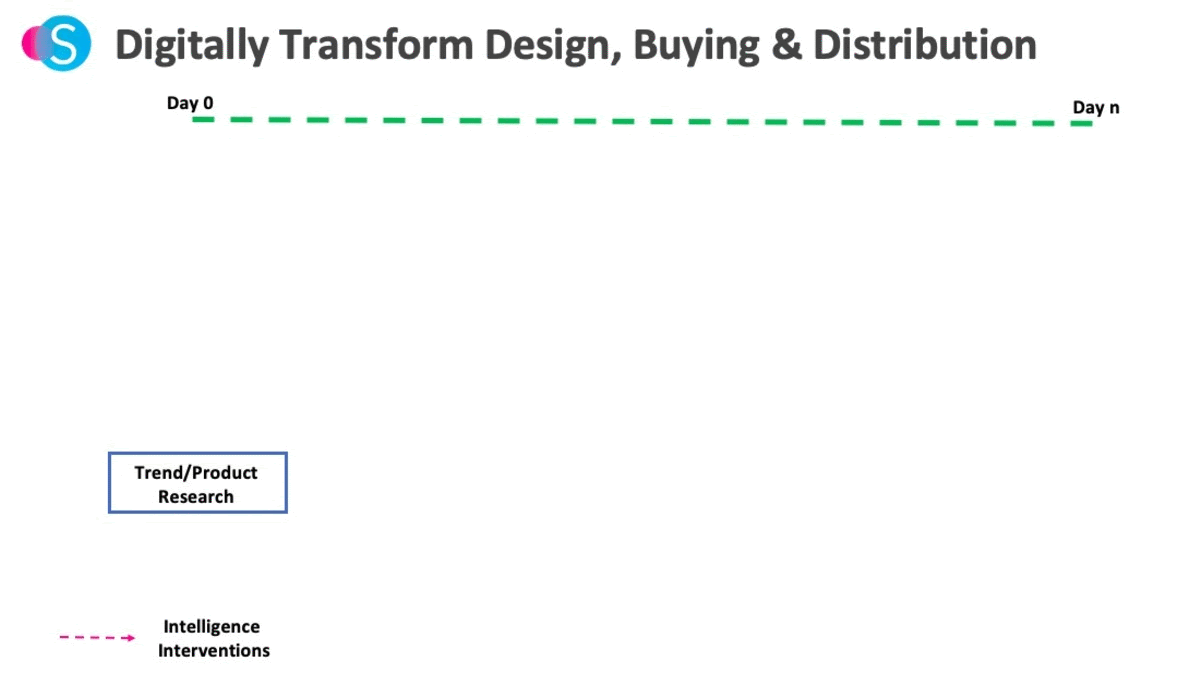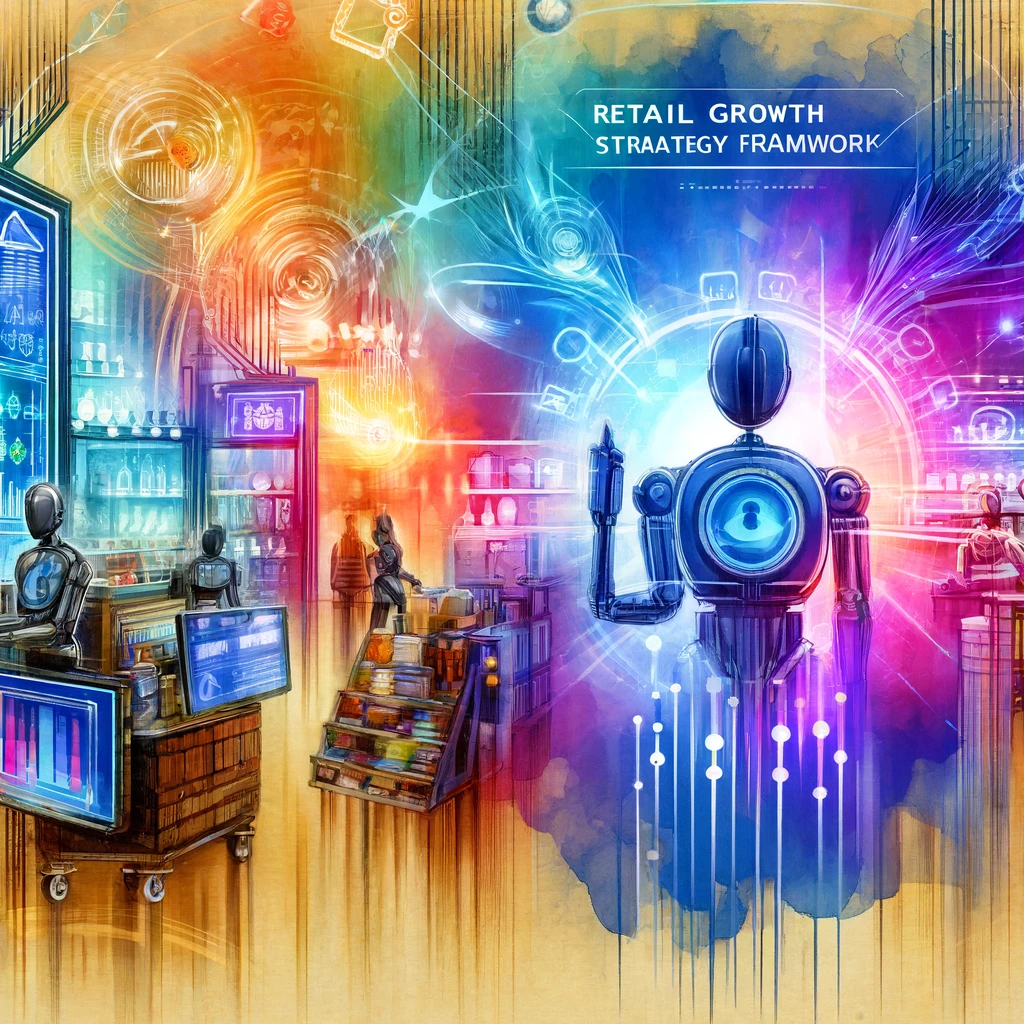Is Empathy Part Of Your COVID-19 Response Plan?

– Henry Ford
When you hear the word empathy, What are the thoughts in your mind?
1) Well, I am not a people’s person
2) I am a deeply compassionate person
3) Please don’t waste my time
4) Empathy is our strategic lever in core business decision making
Many of you would have taken a double-take reading point 4.
Often construed as a soft skill, the true power of empathy to create better organisations, better leaders, and better problem solvers is often left unconsidered.
What is empathy?
The dictionary calls Empathy- “The ability to understand and share the feelings of another.”
Further, there are three distinct psychological processes that come together to produce the empathic state

(To know more on the psychology of empathy, you can refer to Matthew Lieberman’s excellent book: Social)
Faced with a new war against a virus, we are all looking in many directions to fill our toolkit with skills that may make us better at innovation and quick thinking.
We are on a continuous quest to understand what will help us come out of this, better prepared to face a changing world and be less scathed by it.
Let’s not forget empathy (or) in the words of Satya Nadella,
“Empathy makes you a better innovator. If I look at the most successful products we [at Microsoft] have created, it comes with that ability to meet the unmet, unarticulated needs of customers.” Share on X— Satya Nadella, Microsoft CEO Satya Nadella
In the post COVID world, we need Design thinkers, Deep business leaders, problem solvers, and disruptors. These people put together a framework of nimble thinking, quick response, openness to new ideas, and continuous innovation. One common link amongst all of them is Empathy.
Let’s take a look at how:-
1) Empathy in Design thinking:

Design thinking is a continuous non-linear and iterative process that aims to understand users by challenging assumptions, redefining problem statements, innovating, prototyping, and quick testing.
Certainly, design thinkers don’t hesitate to go back to the whiteboard as and when they receive new insights about the end customer. They welcome failed prototypes as an opportunity to know more about their end customer. To do this, the first quality they require to develop is Empathy. For instance, if we look at failure from our own point of view, we may miss out on the great ideas that arise from looking closely at the feedback.
2) Empathy in business:
Empathy is not just about “wearing another person’s moccasins” but being empathetic to others’ needs also humbles you. For instance, there can be group conversations where you have a strong point of view but just as you are about to make it, your friend/colleague can come in with a very contra- view and it may dawn on you that they are actually absolutely correct. And this moment just humbles you if you are empathetic enough.
It allows you to then see the same problem through many perspectives. It allows one to be a better leader and learn every day from everyone around them. Such humble leaders inspire their teams to listen with humility and learn from others’ points of view.
As Clayton Christensen put it across in his jobs-to-be-done theory.
Empathy in business will help you understand that people don’t buy things because of their demographics (that we place them in).
Some are age group, gender, category interested in, styles they like, ethnicity, etc
In reality, As they went about living their usual life and when they came across a situation or a need, they “hired/bought” your product because it got their job done.
This perspective makes you actually experience what the customer feels. It teaches you to empathize with a human being, whereby you can give them exactly what they want and make your business relevant.
3) Empathy in problem-solving:
“I would be in a village in rural Bangladesh, with a community of weavers. Knowing they had vision problems, no one was wearing glasses. I would say, ‘Raise your hand if you have trouble seeing.’ No one would raise their hand.
So I said, ‘Raise your hand if you have trouble threading a needle.’ And everybody would raise their hand.”
– Neil Blumenthal
Beautiful, isn’t it?
Are you familiar with “Precision questioning”?
Let me begin with the more commonly known method of 5-Why problem-solving. It’s a great method of arriving at a root cause, but the only hitch is that the question “why“ is very vague and we may at the 2nd or 3rd Why to start digressing to hows and whats. There is a higher probability of this exercise generating shallow answers.
In essence, the question is simple and the answer is not so.
Precision Questioning
Monica Worline and Dennis Matthies (You can check out their company- Vervago) introduced the concept of “Precision Questioning” in the early 1990s while they were at Stanford University.
The toolkit has a construct of precise causal questions, which enables one to take their thinking deeper and thus derive distinct ways of understanding events as they occurred.
Precision Questioning has 7 types of questions for focused drilling down.
• Go/No-go. Do we need to talk about this?
• Clarification. What do you mean?
• Assumptions. What are we assuming?
• Basic Critical Question. How do we know this is true?
• Causes. What’s causing this?
• Effects. What will be the effects?
• Action. What should be done?
These 7 categories will trigger a variety of questions which can start with one high-level question and then drill down as needed to test credibility, find assumptions, or gain information.
In order to frame these precision questions, we need to practice empathy which will create and nurture intentional thinkers who will ask tough questions and empower individuals around them to think creatively and deliver meaningful impact to the world.
4) Empathy in disruption:
The story of Blockbuster vs Netflix is not new at all.
It is the story of a startup that took over a billion-dollar market by disrupting the way it operated. While Blockbuster made money by renting videos and levying a late fee on customers when they didn’t return, Netflix came up with a disruptive idea of a monthly subscription where the customer never needs to return the video.
In both cases, the customer may never watch the video but Netflix’s approach of pay when you buy vs Blockbuster’s approach of pay when you are late taking the market by fire. In just 8 years, blockbuster declared bankruptcy while Netflix had more than 20 million customers.
Application of empathy led to their asking what was the job to be done for their users, which created a disruption of a scale never seen before. Share on XThis is not just the story of one Blockbuster but of many other similarly disrupted companies who went out of business by trying over and again to sell to customers and not really focus on what they want to buy.
Stylumia’s approach at empathy
Often compared and misinterpreted as sympathy, pity, or compassion, Empathy is easily sidelined and considered a “weak” skill with reference to “strong” business skills like negotiation, communication, leadership, networking, etc.
However, every product that has empathy as its core value has emerged as a disruptor, staying afloat in tough times just like the one that Covid-19 has created for all of us and allowing their employees to come up with super innovative ideas which are the needs of this hour.
To be truly empathetic in our fashion/retail business, we must be willing to put in hours of research and patience. In this journey, we will then come across many tools that augment empathy or help us get there faster.
At Stylumia, we have a variety of ways that makes us look at customers through multiple dimensions breaking the stereotypical demographics way of understanding data. Above all, our products read every pixel rather than a few columns of data to help our customers get closer to theirs.
Here’s a snapshot view of all our products each playing a role in various parts of the fashion journey from design to consumer. If you would like to be empathetic with your consumer always, please reach out to us.




